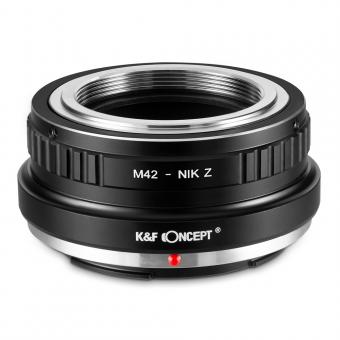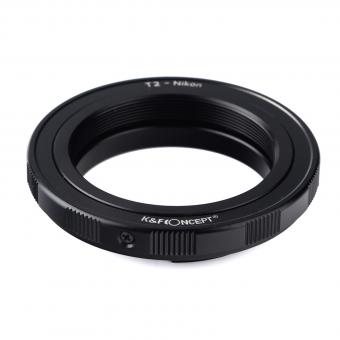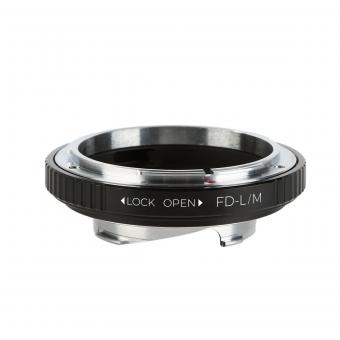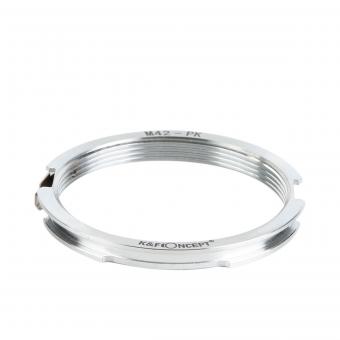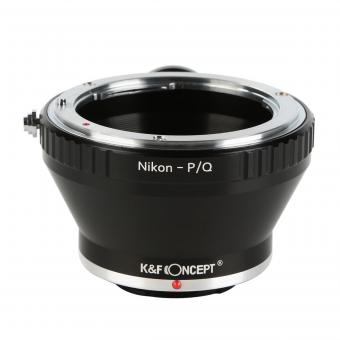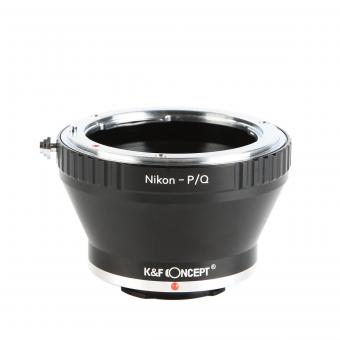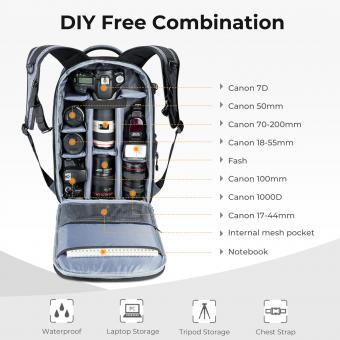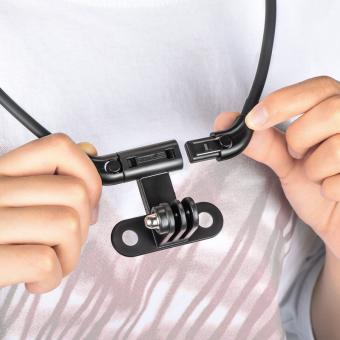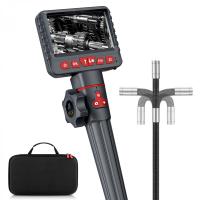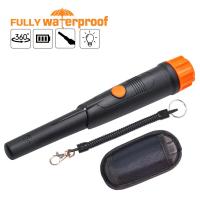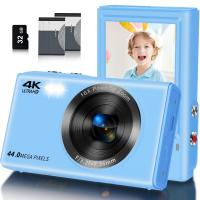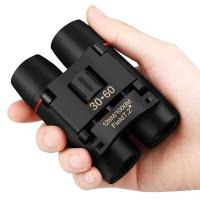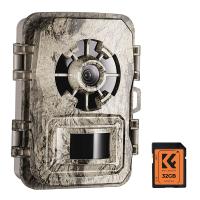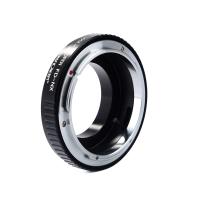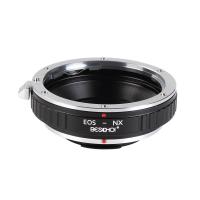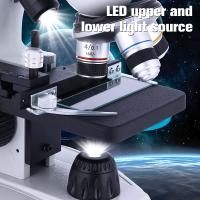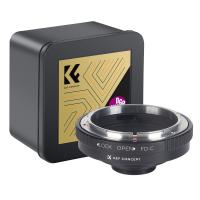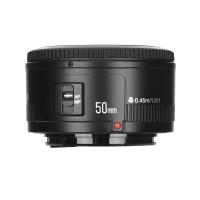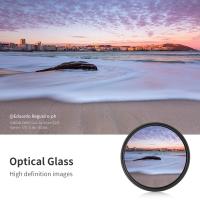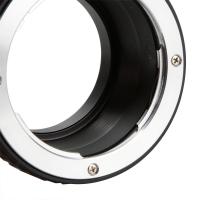How To Carry Camera ?
To carry a camera, you can use a camera strap or a camera bag. A camera strap is typically attached to the camera and worn around your neck or across your body, allowing you to have easy access to the camera while keeping it secure. A camera bag, on the other hand, provides more protection and storage space for your camera and its accessories. It is designed with compartments and padding to keep your camera safe from bumps and scratches while you are on the move. Additionally, some camera bags come with adjustable straps or handles for comfortable carrying. Ultimately, the method you choose to carry your camera will depend on your personal preference and the level of protection you require.
1、 Camera bag options for safe and convenient transportation.
Camera bag options for safe and convenient transportation are essential for photographers who want to protect their valuable equipment while on the move. There are several options available, each with its own advantages and considerations.
One popular choice is a backpack-style camera bag. These bags are designed to distribute the weight evenly across your shoulders and back, making them comfortable to carry for extended periods. They often have padded compartments and dividers to keep your camera and lenses secure and organized. Some backpacks even have dedicated laptop compartments, allowing you to carry all your gear in one bag.
Another option is a shoulder bag or messenger-style camera bag. These bags typically have a single strap that you can sling over your shoulder, making it easy to access your camera quickly. They often have customizable dividers and pockets for organizing your gear. However, they may not be as comfortable to carry for long periods as backpacks.
For photographers who prefer a more compact option, a sling bag or holster-style bag may be suitable. These bags are designed to be worn diagonally across your body, allowing quick access to your camera while keeping it secure. They are typically smaller in size and may not have as much storage space as backpacks or shoulder bags.
In recent years, there has been a rise in camera inserts or cubes that can be placed inside any bag, turning it into a camera bag. These inserts provide padding and dividers to protect your camera gear while allowing you to use your favorite bag for transportation.
When choosing a camera bag, it's important to consider factors such as the size of your camera and lenses, the amount of gear you typically carry, and your personal preferences for comfort and accessibility. Additionally, it's worth investing in a bag that offers weather resistance and security features like lockable zippers or hidden compartments.
In conclusion, there are various camera bag options available for safe and convenient transportation. The choice ultimately depends on the photographer's needs, preferences, and the specific gear they carry. It's always a good idea to research and read reviews to find the best camera bag that suits your requirements.
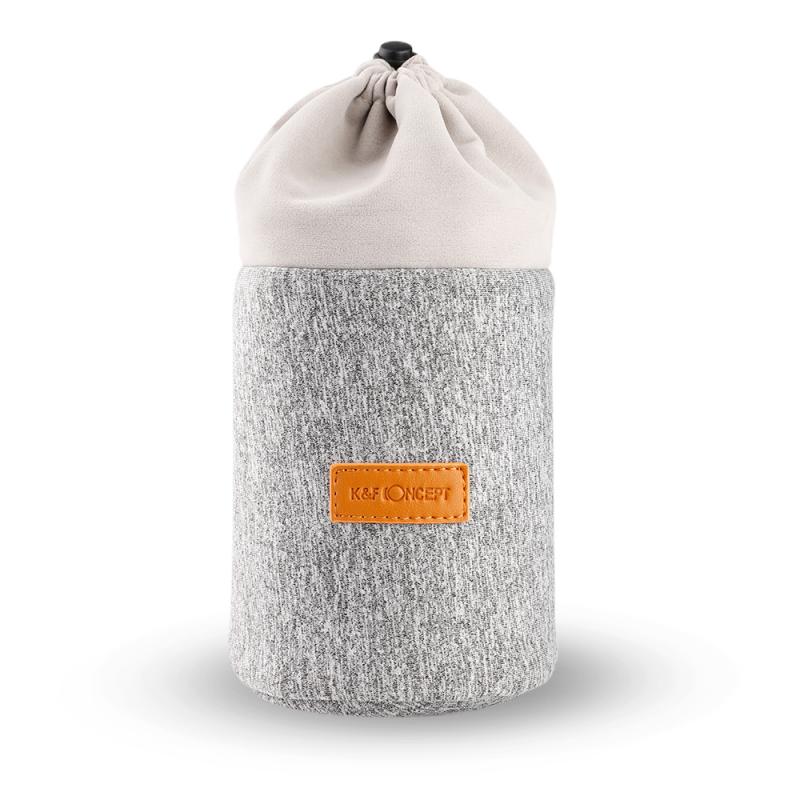
2、 Camera strap techniques for comfortable and secure carrying.
Camera strap techniques for comfortable and secure carrying are essential for any photographer, whether you are a professional or an amateur. Properly carrying your camera not only ensures its safety but also allows for quick and easy access to capture those perfect shots. Here are some tips on how to carry your camera using a camera strap:
1. Cross-body strap: This is a popular technique where the strap is worn diagonally across the body, with the camera resting on the opposite hip. This distributes the weight evenly and keeps the camera secure and easily accessible. It also allows for quick adjustments and shooting from different angles.
2. Neck strap: The traditional method of carrying a camera is by wearing the strap around the neck. However, this can cause strain and discomfort, especially with heavier cameras. To alleviate this, consider using a wider and padded strap for added comfort.
3. Wrist strap: If you prefer a more compact and lightweight option, a wrist strap can be a great choice. It provides a secure grip on the camera and allows for quick shooting. However, it may not be suitable for larger cameras or lenses.
4. Dual strap: For photographers who carry multiple cameras or heavy equipment, a dual strap system can be beneficial. This distributes the weight evenly across both shoulders, reducing strain and providing easy access to both cameras.
5. Quick-release system: Some camera straps come with a quick-release mechanism that allows you to detach the camera quickly. This can be useful when transitioning from handheld shooting to tripod use or when you need to switch between different cameras.
In addition to these techniques, it is important to regularly check the condition of your camera strap and ensure it is securely attached. Always be mindful of your surroundings and be cautious when moving or bending to avoid accidental damage to your camera.
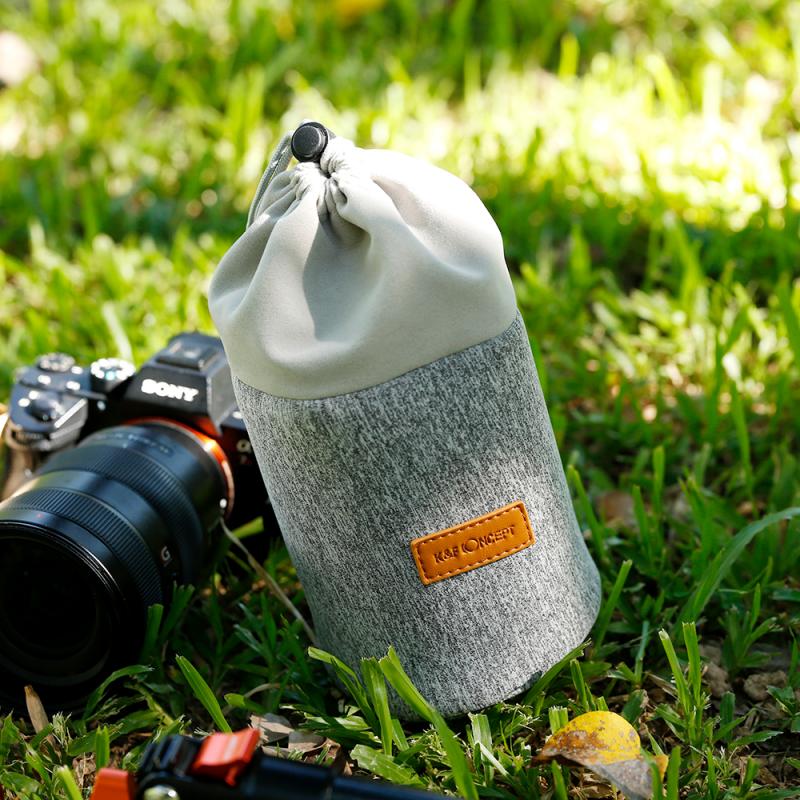
3、 Tripod considerations for stable and hands-free camera support.
When it comes to carrying a camera, there are a few considerations to keep in mind to ensure stability and convenience. One of the most popular and effective ways to carry a camera is by using a camera strap. A camera strap allows you to have your camera easily accessible while keeping your hands free. It is important to choose a strap that is comfortable and adjustable to fit your body and shooting style. Additionally, using a strap with a quick-release mechanism can be beneficial for quickly detaching the camera when needed.
Another option for carrying a camera is by using a camera bag or backpack. These bags are designed to provide protection for your camera while also offering storage space for additional lenses, accessories, and personal items. Look for a bag that has padded compartments and adjustable dividers to keep your gear organized and secure. Some camera bags also have built-in rain covers to protect your equipment from the elements.
In recent years, there has been a rise in the popularity of camera clips or holsters. These devices allow you to securely attach your camera to your belt or backpack strap, keeping it easily accessible and reducing strain on your neck and shoulders. Camera clips are particularly useful for photographers who need quick access to their camera while on the move.
When it comes to stability and hands-free camera support, a tripod is an essential tool. Tripods provide a stable base for your camera, allowing you to capture sharp images, especially in low light situations or when using longer shutter speeds. When choosing a tripod, consider factors such as weight, height, and stability. Carbon fiber tripods are lightweight and durable, making them a popular choice for photographers on the go. Additionally, look for a tripod with adjustable legs and a ball head for easy positioning and leveling of your camera.
In conclusion, there are several options available for carrying a camera, each with its own advantages. Whether you choose a camera strap, bag, clip, or tripod, it is important to consider your shooting style, comfort, and the level of stability and convenience you require.

4、 Camera harness systems for active and on-the-go photography.
Camera harness systems are an excellent solution for photographers who are constantly on the move and need their hands free while keeping their camera secure and easily accessible. These harness systems are designed to distribute the weight of the camera evenly across the body, reducing strain on the neck and shoulders.
One popular option is the BlackRapid camera harness system, which features a shoulder strap that allows the camera to hang by the side, ready to be quickly brought up to the eye for capturing the perfect shot. This system also includes a stabilizing strap that attaches to the waist, providing added security and stability during active photography.
Another innovative harness system is the Peak Design Capture Clip, which allows photographers to securely attach their camera to a backpack strap or belt. This system keeps the camera easily accessible while hiking or engaging in other outdoor activities. The Capture Clip also features a quick-release button, allowing for fast and effortless camera access.
For those who prefer a more traditional approach, a camera sling strap is a great option. These straps are worn diagonally across the body, allowing the camera to hang comfortably at the hip. They often feature quick-release buckles, making it easy to detach the camera when needed.
In recent years, there has been a rise in the popularity of modular camera harness systems. These systems offer customizable options, allowing photographers to attach additional accessories such as lens pouches or tripod mounts to their harness. This versatility is particularly beneficial for photographers who need to carry multiple lenses or other equipment.
Overall, camera harness systems provide a practical and comfortable solution for active and on-the-go photography. With various options available, photographers can choose the system that best suits their needs and shooting style.






